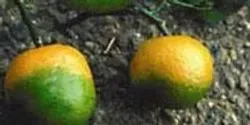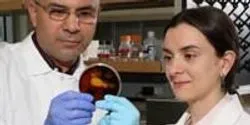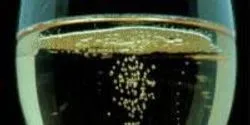Food & Beverage

A University of Florida research team is cautiously optimistic after finding a possible treatment in the lab for citrus greening, a disease devastating Florida’s $9 billion citrus industry. It is the first step in a years-long process to bring a treatment to market.

Researchers at the Georgia Tech Research Institute are developing a micro gas chromatograph for early detection of diseases in crops.

Research from Kansas State University in Olathe has shown that four out of 10 spices, sold in bulk in the Kansas City metro area, contain contaminants that could be harmful to your health.

Consumers may have more palatable low-fat products and milk producers a solution to an industrywide problem through use of a unique strain of lactic acid bacteria, according to Ashraf Hassan, associate professor of dairy science at South Dakota State University.

It’s an unlikely beer-drinking toast: “Here’s to L-T-P-One!” Yet, the secret to optimal foam in the head of a freshly poured brew, according to Cornell University food science research, is just the right amount and kind of barley lipid transfer protein No. 1, aka LTP1.

A Purdue University research center committed to helping the next generation strengthen international development and solve the global food insecurity problem is awarding $608,341 in grants to graduate students at 19 U.S. universities.

MIT alumnus Mohammed Abdul Latif Jameel gives major donation to establish the lab, to be lead by Professor John Lienhard.

The importance of fizz, more technically known as effervescence, in sparkling wines and champagnes is not to be underestimated — it contributes to the complete sensory experience of a glass, or flute, of fine bubbly. A scientist has now closely examined the factors that affect these bubbles, and he has come up with an estimate of just how many are in each glass. The report appears in the American Chemical Society The Journal of Physical Chemistry B.













